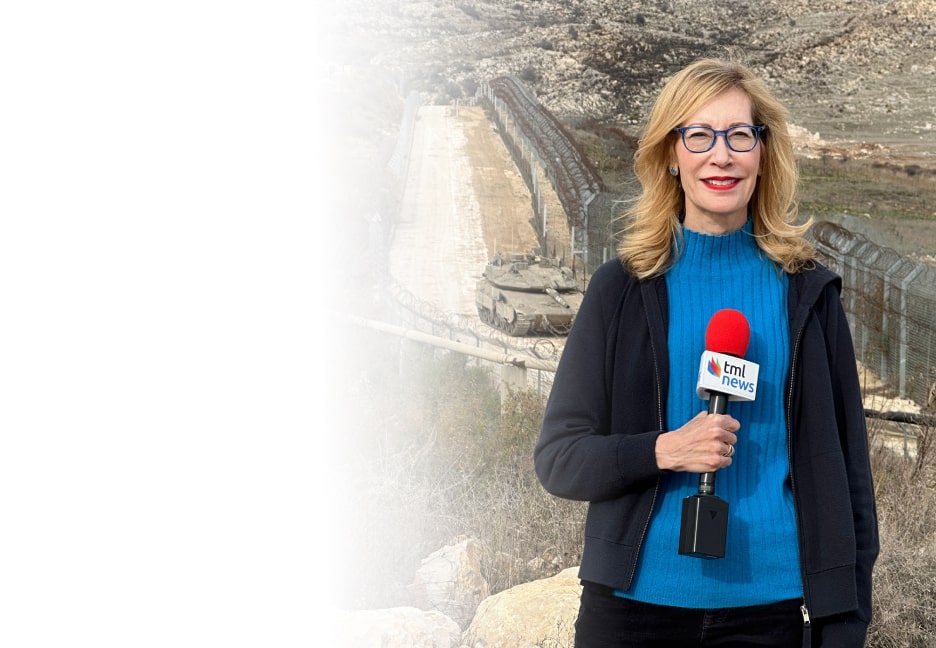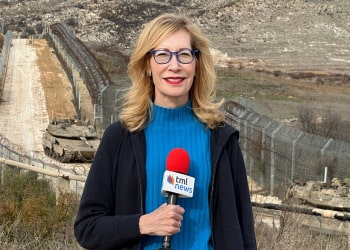An unconventional protest tactic is grabbing headlines in Tehran.
It’s hardly the image most would expect to come on a news wire from Iran: a group of fervent, lanky looking men wearing the hijab, the Islamic headscarf traditionally worn by women, and making a peace sign with their green-braceleted hands.
The "Men in Hijabs" campaign began a fortnight ago after the official Fars news agency published photos of male opposition activist Majid Tavakoli wearing the hijab and women’s robes.
Authorities in the Iranian capital Tehran claimed the man was arrested as he sought to leave Tehran’s Amir Kabir University "disguised as a woman" after delivering a speech during a dramatic day of student-led protests.
Opposition leaders claim Tavokoli was not wearing the hijab at the time of his arrest, accusing the government of forcing him to wear women’s clothing to publicly humiliate him and calling on supporters to show solidarity with the arrested protester by spreading photos of men in hijabs.
This holiday season, give to:
Truth and understanding
The Media Line's intrepid correspondents are in Israel, Gaza, Lebanon, Syria and Pakistan providing first-person reporting.
They all said they cover it.
We see it.
We report with just one agenda: the truth.


"Iranian men are showing their solidarity with Tavakoli by wearing a hijab and posting their photo on the web," reads an appeal on the website iranian.com.
As hundreds of men answered the call, in the days since the first photos [2] appeared online the campaign has expanded into a broader international appeal for women’s rights in Iran, with Iranian Nobel Peace Prize laureate Shirin Ebadi expressing her support and groups of Iranian men abroad joining the campaign.
"It’s definitely a significant development," Dr Eldad Pardo, an expert in the intersection between Iranian politics and gender at the Harry S. Truman Research Institute for the Advancement of Peace told The Media Line. "Of course it’s funny to see a man wearing women’s clothing, but there is much more going on here."
"The initiator of this incident was not the opposition but the government showing a picture of a leader of the protest movement wearing the hijab, as if he was hiding and trying to run away," he said. "They were trying to say ‘We are the manly Revolutionary Guard and you are all sissies hired by Westerners.’ In other words it was supposed to serve the government in their psychological warfare against the opposition."
"But the opposition said ‘Fine if we are sissies, then we are all sissies, but we have no hang ups or inhibitions and we support equal rights for women’," Dr Pardo said. "So it may seem like a stunt but it’s actually a major challenge to the regime."
"You have to understand the background," he added. "Using dress as a tool of repression or asserting a central authority is common across the Middle East and particularly in Iran. As such, taking off the hijab has been seen as a symbol of freedom in Iran since the beginning in the mid-19th century and this has been constant both before and after the Islamic revolution. So what we are seeing today on these websites is the use of women as a symbol of freedom and the beginning of a process of resistance to this new Islamic regime."
But Dr Seyed Mohammad Marandi, a lecturer at the University of Tehran, argued the "Men in Hijabs" campaign was not taken as a serious political campaign.
"I think people see it mostly as a bit silly, not a serious protest or statement," he told The Media Line. "There are different ways to have an impact; this is not one of them."
"There is generally a lot of fragmentation among political factions now. The opposition is divided, the conservatives and Principalists are largely divided, so it’s difficult for anyone to get a large following, and I don’t think they helped their cause with those pictures."